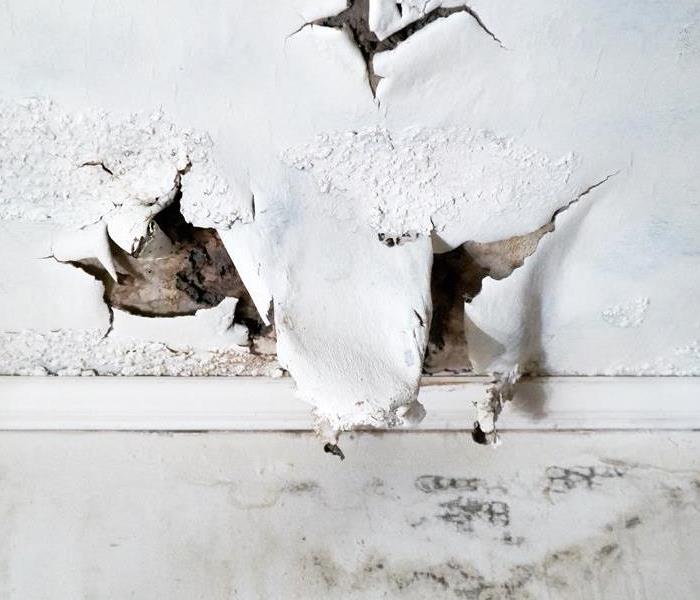Preventing Mold During Home Renovations
10/24/2023 (Permalink)
Home renovations can transform and enhance living spaces, but they can also create opportunities for mold growth if not managed properly. The presence of excess moisture during construction can lead to mold infestations, causing structural damage and potential health concerns. In this blog, we will explore practical tips and preventive measures to ensure a mold-free environment during home renovations.
Plan for Moisture Control
Before starting any renovation project, it is crucial to develop a plan for moisture control. Identify potential sources of moisture, such as plumbing lines, windows, or roofs, and address any existing issues. Implement waterproofing measures, such as proper sealing and insulation, in areas prone to moisture accumulation. Consider installing dehumidifiers or ventilation systems to maintain optimal humidity levels during and after construction. A well-thought-out moisture control plan minimizes the risk of mold growth and helps protect the integrity of the renovated space.
Properly Manage Water Sources
During renovations, it's important to effectively manage water sources to prevent mold. Ensure that water lines and plumbing fixtures are in good condition and promptly fix any leaks or drips. Use tarps or plastic sheeting to cover areas susceptible to water exposure, such as floors, walls, or furniture, during construction. If water damage does occur, promptly dry affected areas using fans or dehumidifiers and thoroughly inspect for any signs of mold growth. Controlling and minimizing water sources will go a long way in preventing mold formation.
Maintain Ventilation and Air Circulation
Proper ventilation is essential during home renovations to remove excess moisture and maintain adequate air circulation. Open windows and doors whenever possible to facilitate air movement. Place fans strategically to ensure proper airflow and prompt drying of materials. Consider using exhaust fans in areas prone to increased moisture, such as kitchens and bathrooms. Additionally, regularly clean or replace air filters to prevent the circulation of mold spores. By prioritizing ventilation and air circulation, you can reduce the risk of mold growth and maintain a healthy environment.
Regular Inspections and Timely Remediation
Regular inspections before, during, and after home renovations play a vital role in preventing mold growth. Conduct thorough checks for any signs of water damage, such as discoloration or dampness, as well as for any mold growth. If mold is discovered, take immediate action to remediate the affected area. Remove any wet or damp materials, such as carpet or drywall, and dry them thoroughly. Utilize mold inhibiting products or consult with professionals for proper remediation techniques. By staying vigilant and addressing mold issues promptly, you can prevent further spread and minimize the impact of mold during and after home renovations.
Home renovations are exciting ventures that require careful planning to prevent mold growth. By implementing a comprehensive moisture control plan, managing water sources effectively, and maintaining proper ventilation throughout the process, homeowners can ensure a mold-free environment and preserve the quality of their renovated spaces. Taking proactive measures will result in a successful home renovation project devoid of mold-related concerns.






 24/7 Emergency Service
24/7 Emergency Service
